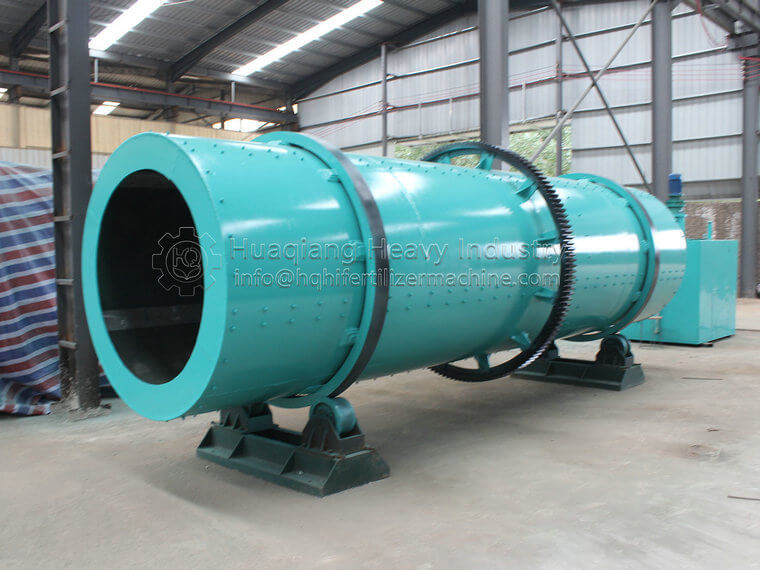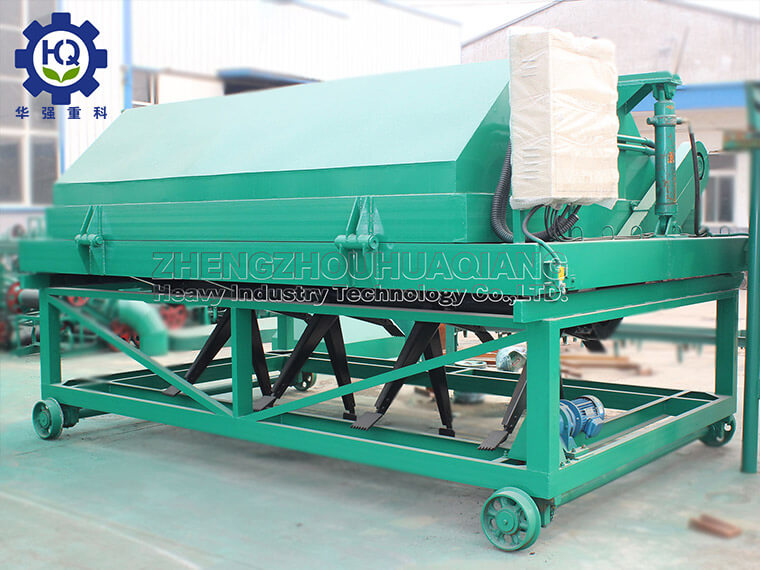The organic fertilizer turning machine is mainly composed of a frame, transmission device, turning device, and walking device. Its working principle is as follows:
frame:
As the supporting structure of the organic fertilizer turning machine, it carries all the components and materials.
transmission:
Including motors, gearboxes, and sprockets, responsible for providing power and transmitting torque.
The motor reduces the high-speed rotating power to an appropriate speed through the gearbox, driving the sprocket to rotate.
Stacking device:
It consists of a series of interlocking sprockets and a tipping shovel hanging on the sprockets.
The sprocket rotates under the drive of the transmission device, driving the flipping shovel to move up and down, achieving the flipping function.
Walking device:
Including wheels and a walking mechanism, the organic fertilizer turning machine can move within the working area.
According to the design of the stacker, the walking device can be tire type or track type to adapt to different working environments.
working principle:
After the organic fertilizer turning machine is started, the motor drives the gearbox and sprocket to rotate, and the sprocket drives the turning shovel to move up and down.
The tipping shovel picks up organic materials from the bottom of the pile during its ascent and throws them onto the other side of the pile during its descent.
This process is constantly repeated to achieve the flipping and mixing of organic materials, promote microbial decomposition activities, and accelerate the maturation process of organic fertilizers.
Control system:
Modern organic fertilizer turning machines are usually equipped with advanced control systems that can set parameters such as turning frequency, speed, and depth according to process requirements.
The control system can be manual or automatic, and an automatic control system can improve work efficiency and flipping quality.
Through this working principle, the organic fertilizer turning machine can efficiently turn over organic materials, improve fermentation conditions, and enhance the quality of organic fertilizers.
.jpg)
.jpg)
.jpg)


.jpg)


.jpg)